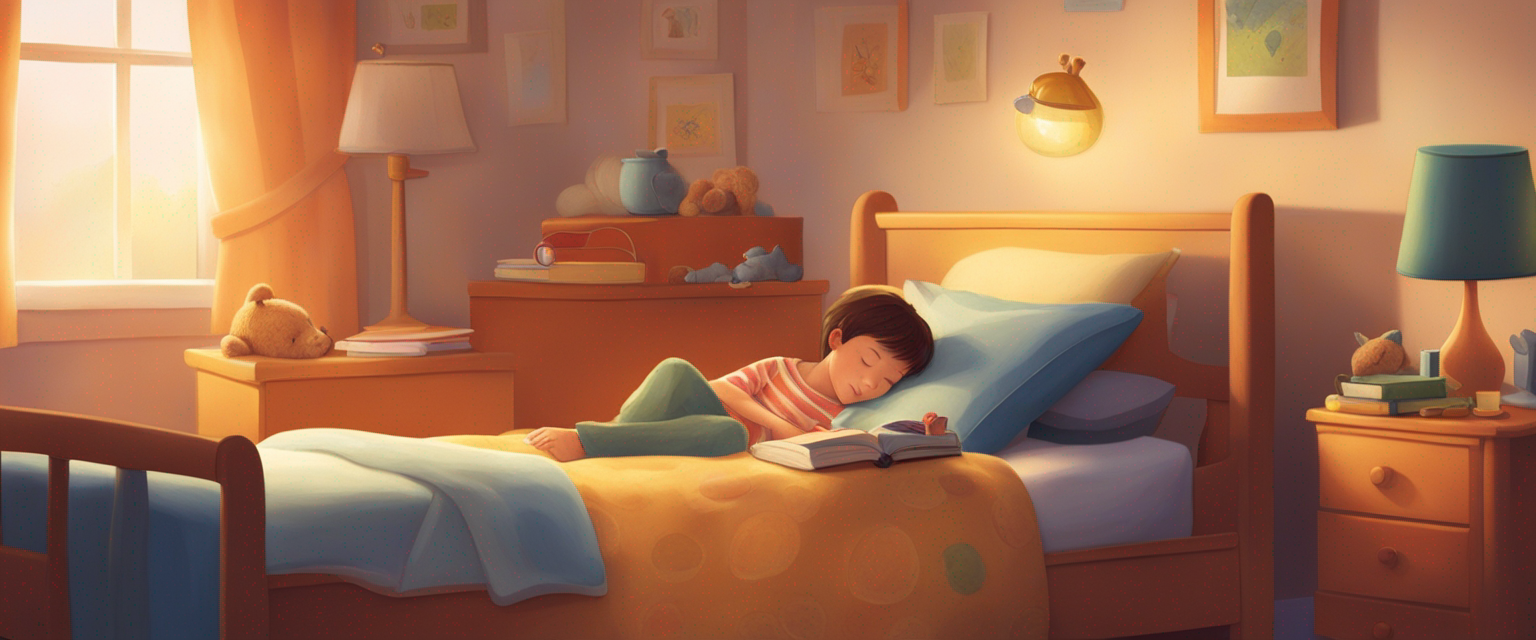
Imagine if bedtime was as relaxing as a comedy monologue - funny, light-hearted, and guarantees a good night's sleep. Unfortunately, for many parents of children with autism, this is far from reality. But don't worry, it's not a hopeless case! With the right strategies and a little bit of patience, your child can learn to sleep independently, making bedtime a breeze.
The Role of Environmental Factors in Sleep Disturbances
Autistic children often have a heightened sensitivity to their surroundings, making it more challenging for them to fall asleep and stay asleep. Noise, light, and even the texture of their beddings can affect their sleep quality. Therefore, creating a sleep-friendly environment is crucial. This might mean using blackout curtains, white noise machines, or sensory-friendly beddings.
How to get autistic child to sleep alone? One magical product that can help create a calming environment is the Sea Lamp. Its soothing light and gentle motion can help your child relax and drift off to sleep.
The Sea Lamp it's a perfect way to improve good sleep habits.
Establishing a Bedtime Routine
Children with autism thrive on routines. Establishing a consistent bedtime routine can signal to your child that it's time to wind down and sleep. This routine might include activities such as taking a warm bath, reading a story, or listening to calming music.
Remember, the goal is to make bedtime a relaxing and enjoyable experience. So, avoid activities that might excite or stress your child. And most importantly, be patient. It might take some time for your child to adjust to the new routine, but consistency is key.
Teaching Independent Sleeping Skills
Teaching your child to self-soothe and fall asleep independently is not an overnight process - pun intended! It requires patience, consistency, and lots of positive reinforcement.
Start by creating a safe and comfortable sleep environment. Then, gradually encourage your child to do more parts of the bedtime routine independently. For example, you could start by having your child choose their pajamas or their bedtime story. Over time, you can gradually withdraw your assistance, until your child can fall asleep independently.
Remember, every child is unique, and what works for one might not work for another. So, don't be discouraged if it takes some trial and error to find what works best for your child. And most importantly, celebrate every small victory along the way!
Improving sleep habits in autistic children is not just about getting a good night's sleep. It's about empowering them with the skills and confidence to sleep independently. So, keep going, keep trying, and keep believing. Because every child, including yours, has the potential to sleep soundly and wake up refreshed, ready to take on the world.










Leave a comment